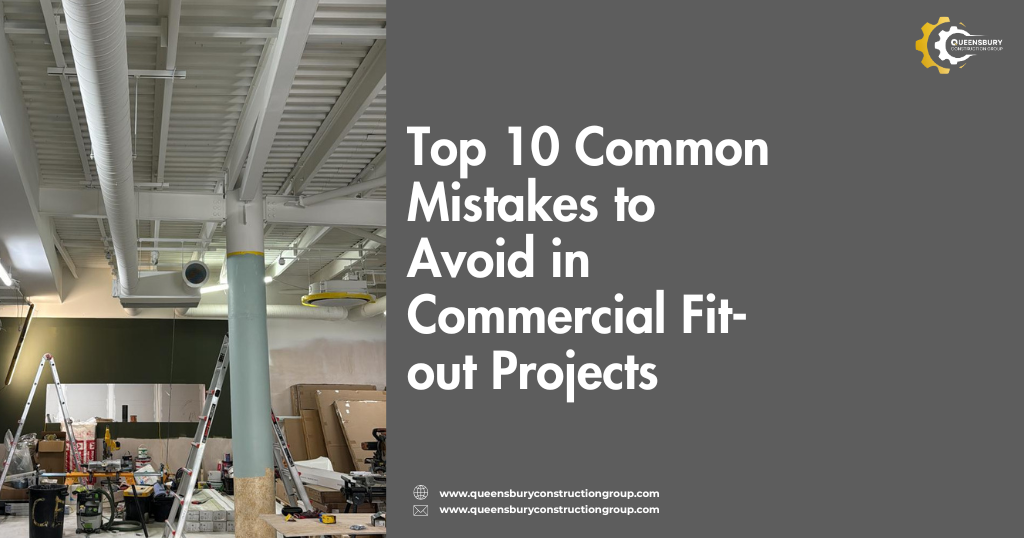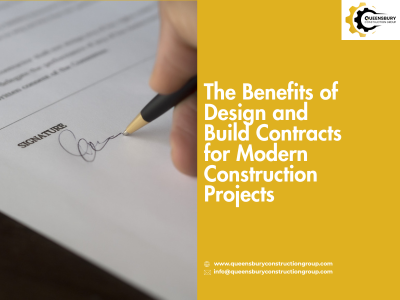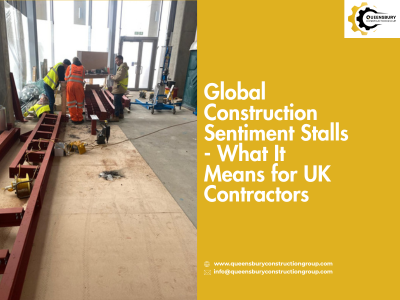 A partner you can trust
A partner you can trust
Stay informed with expert insights, industry trends, and the latest updates to help you make informed decisions.

Commercial fit-out projects can make or break your business space. Get them wrong, and you'll face costly delays, budget overruns, and a workspace that doesn't serve your needs.
These mistakes happen more often than you might think. A recent industry survey found that 68% of commercial fit-out projects exceed their original budget by at least 20%.
Let's examine the ten most common commercial fit-out mistakes and how you can avoid them.


Many businesses rush into construction without adequate preparation. They assume they can figure things out as they go. This approach backfires every time.
Poor fit-out planning leads to design changes mid-project, which cost 3-5 times more than getting it right initially. You need detailed floor plans, electrical layouts, and material specifications before breaking ground.
Start your planning at least 6 months before your lease begins. Create a comprehensive brief that outlines your exact requirements, from the number of meeting rooms to specific technology needs.
Your initial quote rarely covers everything. Most commercial fit-out mistakes stem from unrealistic budget expectations.
Hidden costs include:
Add 20-30% contingency to your base quote. This buffer covers unexpected issues like discovering asbestos or outdated wiring behind walls.
One tech startup learned this lesson the hard way when their £50,000 office fit-out became £75,000 after discovering the building's electrical system couldn't handle their server requirements.
You have three options: manage it yourself, hire a project manager, or use a design-and-build contractor.
DIY management saves money upfront, but often costs more through mistakes and delays. Unless you have construction experience, don't attempt this route.
Professional fit-out project management ensures coordination between trades, manages timelines, and handles compliance issues. The fee typically pays for itself through avoided problems and faster completion.
Building codes aren't suggestions. They're legal requirements that vary by location and building type.
Common compliance issues include:
Failing compliance checks means costly rectification work and potential legal issues. Your contractor should handle permits, but verify they're doing so correctly.
How will your team use the space? Many businesses create beautiful spaces that don't function well for daily operations.
Consider these factors:
An accounting firm once spent £80,000 on an open-plan office fit-out, only to install expensive sound barriers six months later because phone calls disrupted the entire workspace.
That Instagram-worthy marble floor might look stunning, but can it handle your daily foot traffic?
Choose materials based on function first, appearance second. High-traffic areas need durable flooring. Client-facing spaces can prioritise aesthetics.
Research maintenance requirements, too. Some finishes need expensive specialist cleaning or frequent replacement.
Your electrical needs extend far beyond basic lighting and power outlets.
Modern office fit-out projects require:
Retail fit-out projects need point-of-sale systems, security cameras, and flexible lighting for product displays.
Plan for 50% more electrical capacity than you currently need. Technology requirements only increase over time.
Construction takes longer than you expect. Always.
Weather delays affect deliveries. Material shortages cause holdups. Inspection failures require rework.
Build buffer time into your schedule if you need the space ready by March 1st; plan completion for February 1st.
Communicate timeline expectations clearly with your landlord, staff, and clients. Moving dates often shift, and everyone needs advance notice.
Will you operate during construction? How will noise and dust affect your customers?
Many businesses underestimate disruption costs:
One restaurant stayed open during its fit-out renovation and lost 40% of its regular customers due to construction noise and limited seating. Consider phased construction or temporary relocation for major projects.
Your relationship with contractors doesn't end at handover.
Defects appear during the first few months of use. Equipment needs adjustments. Staff discover functional problems with the layout.
Negotiate a defects liability period (typically 6-12 months) where contractors fix issues at no charge.
Document everything during your final walkthrough. Take photos of completed work and test all systems before signing off.
Successful commercial fit-out projects require careful planning, realistic budgets, and professional management.
Start planning early, budget for contingencies. Choose experienced contractors who understand your industry requirements.
Your space directly impacts productivity, customer experience, and business success. Investing time and money in getting your fit-out right pays dividends for years to come.
What's your biggest concern about your upcoming commercial fit-out project? Identifying potential problems early gives you the best chance of avoiding these costly mistakes.
Queensbury Construction Group delivers commercial fit-out projects with careful planning and clear communication at every stage. We help businesses create spaces that work for their people and their goals.
If you are preparing for a new office, retail, or hospitality fit-out, we can guide you from planning to completion. Get in touch today and let’s start the conversation.






tackling everything from changes in planning policy to home renovation advice
Contact Us
Leave A Comments